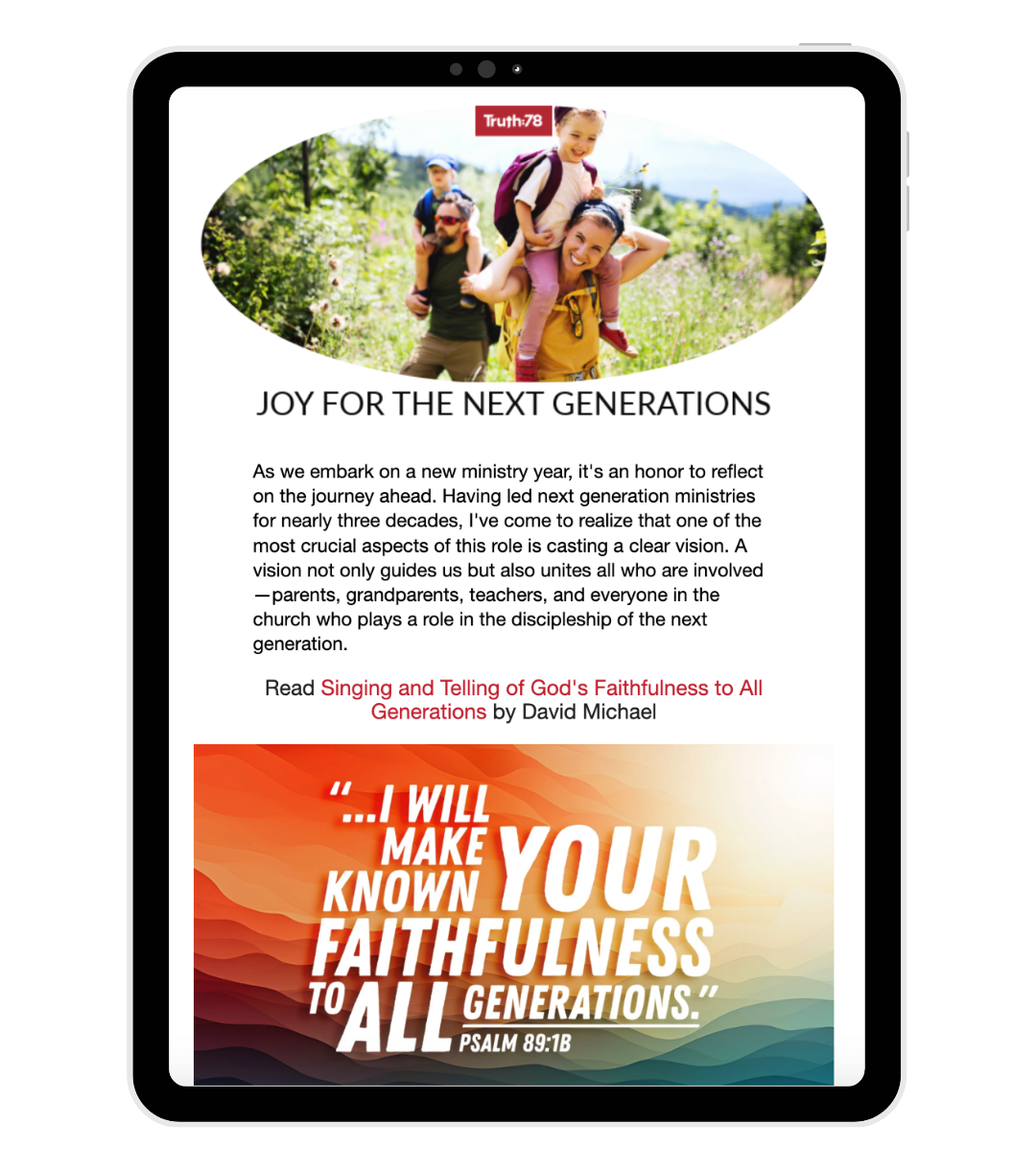
This is the first in a series of new posts to equip teachers and parents with tools for effective teaching.
A brief history of learning styles
Most of us remember that moment: our teacher passed a strange, new, and somewhat unknown object around the classroom so we could see and feel it up close as she taught. Perhaps she showed us a startling image of what, to our young minds, seemed to be a miniature monster... or, as she proceeded to explain, a human cell. Maybe she taught us a song to remember the alphabet... or present-tense verbs!
All these teaching aids are so commonly used in modern education that we don’t really give them a second thought. They seem to be “part” of the teaching/learning experience somehow. But it was not always so.
Teaching methods that used the student’s senses to better explain subject matter were not overly common. This began to change, in part, by the ideas and writings of a man named John Amos Comenius in the 17th century, who is best known as the father of modern education. He was a leader of the Moravian Brethren in what is now known as Czechoslovakia. His fresh, new approach to teaching included a strong advocacy for using the child’s senses as a means to aid his understanding and application of subject matter. He believed that God had designed the world with colors, sounds, and smells to teach us about His greatness.
When Jesus taught His disciples, He did so by illustrating truths about God using things that they knew and could perceive: birds, flowers, grain, seeds. Applying that same approach to his teaching of subject matter, Comenius worked on and published the first-ever book that applied illustrations to teaching. His ideas were the beginning of a brand-new approach to education that continued on to the twentieth century. In 1987, a man named Neil Fleming came up with a series of categories in which he identified each student’s learning style, based on the sense(s) that the student most commonly used to learn. The learning styles he identified are:
- visual learners (understand through pictures, movies, diagrams)
- auditory learners (understand through music, discussion, lectures)
- reading and writing learners (understand through making lists, reading textbooks, taking notes)
- kinesthetic/tactile learners (understand through movement, experiments, hands-on activities)
Watch for part two of this series to find out more about how our curriculum incorporates these learning styles to help engage students of all ages.







